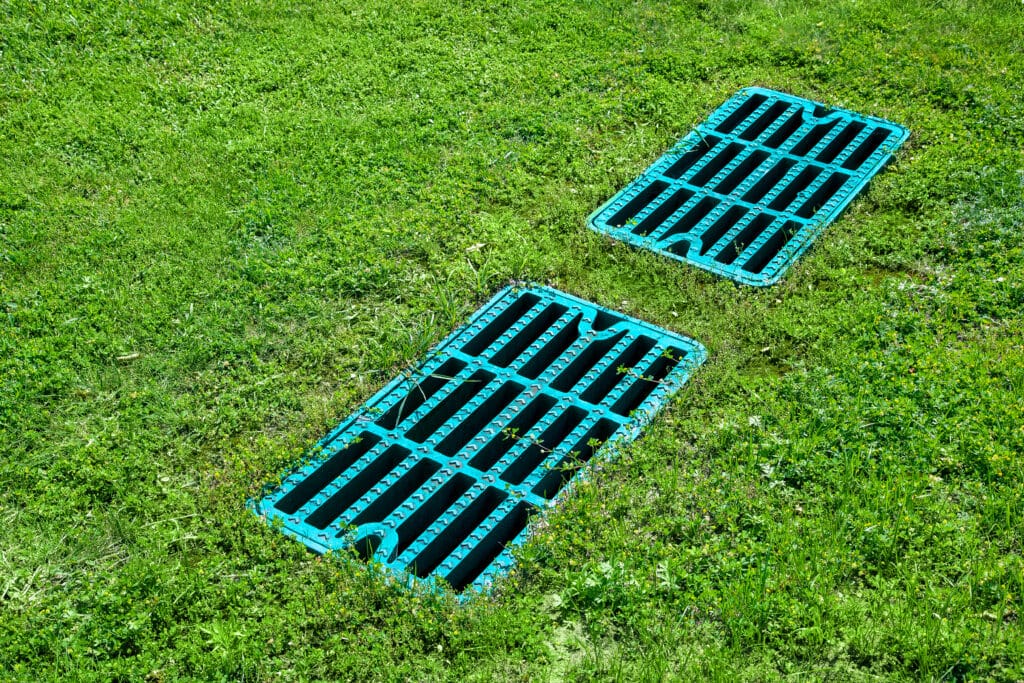Florida’s diverse climate and frequent heavy rainfall can pose significant challenges when it comes to yard drainage. Excess water accumulation can lead to various issues, such as soil erosion, waterlogged landscapes, and even damage to structures. To maintain a healthy and functional yard, it is crucial to implement effective drainage solutions specifically designed for Florida’s unique conditions. In this blog post, we will explore various strategies to improve yard drainage and prevent potential problems caused by excessive water in the Sunshine State.
Understanding Florida’s Landscape and Drainage Challenges
Florida’s landscape is characterized by a mix of flat coastal areas, low-lying wetlands, and a subtropical climate. The state’s abundant rainfall and high water table make proper yard drainage crucial. Without adequate drainage, water can accumulate, leading to waterlogged soil, root rot, mosquito breeding grounds, and structural damage. Additionally, Florida’s sandy soil composition, prevalent in many areas, poses its own set of challenges as it drains water rapidly but can become easily compacted and prone to erosion.
Assessing Yard Drainage Issues
Before implementing any drainage solutions, it is essential to assess your yard’s specific drainage issues. This includes identifying problem areas, understanding the soil composition, evaluating existing drainage systems, and considering the topography of your landscape. By conducting a thorough assessment, you can tailor the drainage solutions to address the specific needs of your yard.
Drainage Solutions for Florida Yards
- Grading and Sloping: Proper grading and sloping of the yard is the foundation of effective yard drainage. By regrading the landscape, water can be directed away from structures and toward suitable drainage areas. This may involve reshaping the soil, creating gentle slopes, and ensuring that the land contours guide water flow appropriately. Additionally, adding swales or channels can help direct water away from vulnerable areas.
- French Drains: French drains are trench systems filled with gravel and perforated pipes that collect and redirect water away from the yard. They are particularly useful in areas with poor soil drainage. The perforated pipes allow water to enter the system, and the gravel acts as a filter, preventing clogging. French drains can be installed around the perimeter of the yard or in problem areas where water tends to accumulate.
- Dry Wells: Dry wells are underground chambers designed to collect and store excess water, gradually allowing it to seep into the soil. They are effective in areas where the water table is high. Dry wells are typically constructed by digging a large hole, filling it with gravel or rocks, and installing an inlet pipe to direct water flow into the well. The stored water gradually percolates into the surrounding soil, reducing the risk of water accumulation.
- Rain Gardens: Rain gardens are aesthetically pleasing and environmentally friendly solutions that utilize native plants to absorb excess water. They help filter and cleanse the water as it slowly percolates into the ground. Rain gardens are designed to capture runoff from roofs, driveways, and other impervious surfaces, allowing the water to infiltrate the soil. By selecting plants that thrive in wet conditions, rain gardens can effectively manage excess water while adding beauty to the landscape.
- Swales and Berms: Swales are shallow, vegetated channels that redirect water away from structures, while berms are mounds of soil that can help redirect water flow. Both can be used to manage runoff effectively. Swales are designed to slow down the flow of water, allowing it to infiltrate the ground, while berms can be strategically placed to redirect water around specific areas or toward desirable drainage points. By combining swales and berms, you can create a comprehensive drainage system that effectively manages water flow.
- Permeable Pavement: Installing permeable surfaces, such as permeable pavers or porous concrete, allows rainwater to pass through the surface and be absorbed into the ground, reducing runoff. Permeable pavement is an excellent option for driveways, walkways, and patios, as it helps prevent water accumulation and promotes natural drainage. By using permeable materials, you can reduce the strain on drainage systems and minimize the risk of water-related issues.
- Downspout Extensions and Splash Blocks: Extending downspouts and using splash blocks help redirect roof runoff away from the foundation, preventing water from pooling near the house. Downspout extensions can be used to direct water to suitable drainage areas or into rain gardens, while splash blocks are placed beneath downspouts to disperse water and prevent soil erosion. By managing roof runoff effectively, you can prevent water from infiltrating the foundation and causing damage.
Maintenance and Additional Considerations
Regular maintenance is crucial to ensure the effectiveness of your yard drainage system. This includes cleaning gutters, inspecting and repairing any damaged components, and ensuring that all drainage pathways are clear from debris. It’s also essential to consider water conservation methods, such as rainwater harvesting, to make the most of Florida’s abundant rainfall. By capturing rainwater in barrels or cisterns, you can reduce the strain on drainage systems and utilize the collected water for irrigation purposes. Additionally, consulting with a professional landscaper or drainage expert can provide valuable insights and ensure that your yard drainage system is optimized for Florida’s unique landscape.
Conclusion
Proper yard drainage is vital to prevent water-related issues in Florida’s unique landscape. By implementing suitable drainage solutions, homeowners can protect their property from water damage, maintain healthy landscapes, and contribute to the overall environmental health of the state. Whether through grading and sloping, French drains, or rain gardens, understanding the specific yard drainage needs of your yard and implementing appropriate solutions will ensure a functional and visually appealing outdoor space in the face of Florida’s challenging climate. Get a free estimate today!

